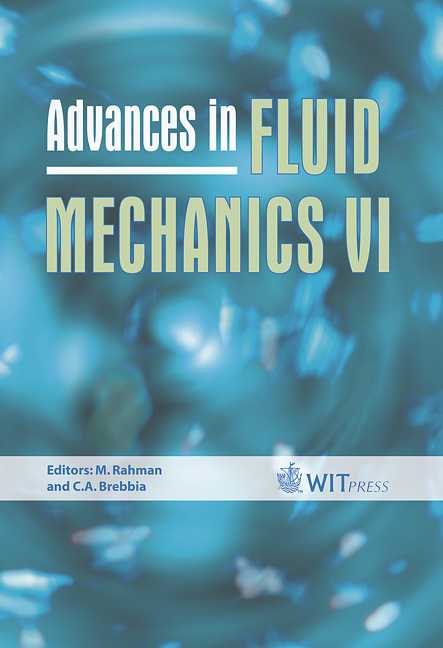The Performance Of Drag Models On Flow Behaviour In The CFD Simulation Of A Fluidized Bed
Price
Free (open access)
Transaction
Volume
52
Pages
10
Published
2006
Size
476 kb
Paper DOI
10.2495/AFM060011
Copyright
WIT Press
Author(s)
B. M. Halvorsen, J. P. du Plessis & S. Woudberg
Abstract
The aim of this study is to verify the use of a newly developed drag model in the simulation of fluidized beds. The drag model is based on a geometric description of the geometry found in a fluidised bed, treating it as a spatially and temporally variable inhomogeneous, locally isotropic, porous medium. Account is taken of the fact that flow conditions in low porosity parts of a bed can be viewed as flow between particles. At high porosities the bed resembles flow past the particles of a dilute assemblage and for that the current model is complemented with results from other models. The new drag model, as well as other models found in literature, was tested in the numerical simulations. Computational results are compared mutually, as well as to experimental data, and the differences and discrepancies discussed. Keywords: fluidized bed, numerical simulation, drag model. 1 Introduction Fluidized beds are widely used in industrial chemical processes. In a fluidized bed gas is passing upwards through a bed of particles and the earliest applications of fluidization were for the purpose of enhancing chemical reactions. Fluidized beds in chemical industry include two main types of reactions, catalytic gas phase reactions and gas-solid reactions. In catalytic gas phase reactions the particles are not undergoing any chemical reaction. This is
Keywords
fluidized bed, numerical simulation, drag model.





